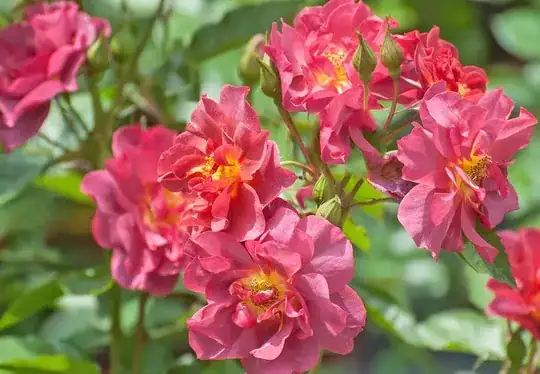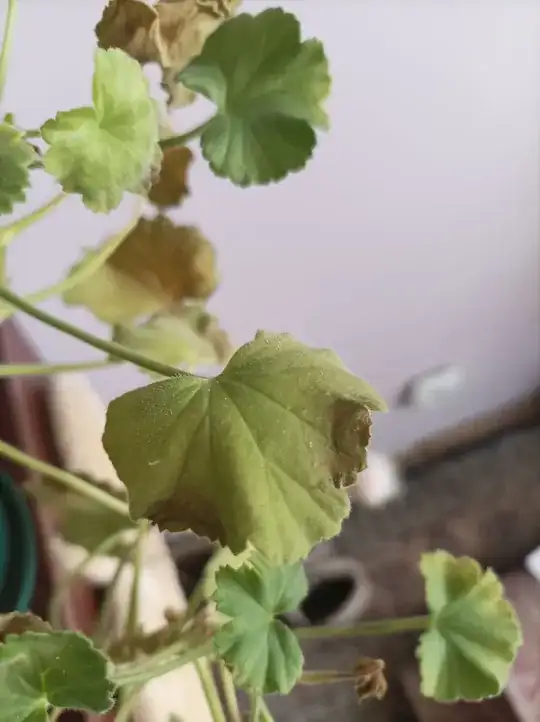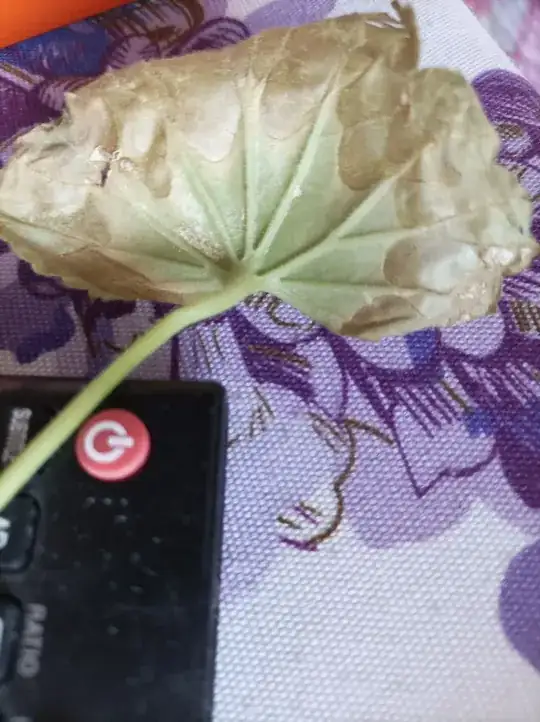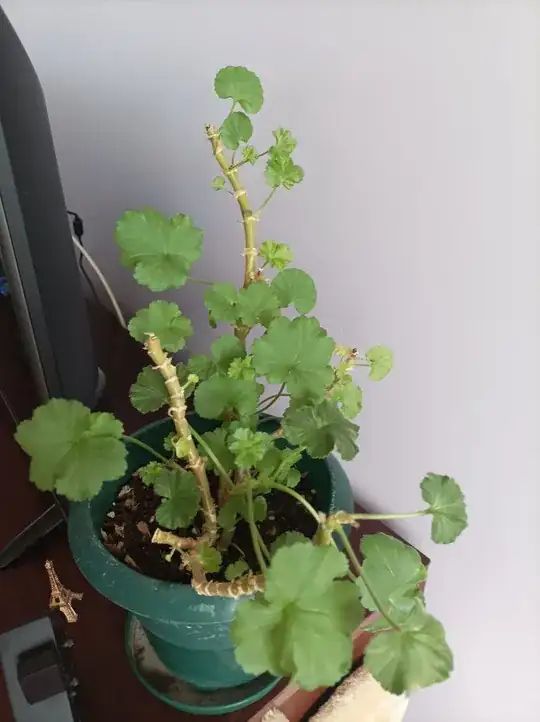Timeline:
- Was very healthy despite the tiny container.
- Possibly got in contact with other pelargoniums exhibiting some probably fungal disease.
- Was still completely healthy.
- Was moved outdoors at direct sun with temperatures reaching 35°C in the shade some days.
- Developed the symptoms 2 weeks later, was moved indoors another week later.
- Two months passed since. This is how it looks now and is still losing leaves although some new growth is also observed. Is it doomed?



